The upside here is at least I don’t have another bubble series to worry about. The premiere of Kaiju No. 8 was so-so but I’m already completely over this series. It’s as conventional a treatment of the battle shounen genre as you could ever want. Honestly it’s a snooze, which for me only makes the series’ massive popularity that much more puzzling.
Believe me, I would love to be able to cover more commercial hits here than I do. Ties go to the runner with these big shows – if I can see a way to make it work I give it a punt at least. I don’t see a way here. If the series had followed the false premise – Kafka as a normal 32 year-old with big dreams dealing with failure and the stardom of his childhood friend – that might have had a chance. But that would have been a seinen, not a Jump shounen. More than anything else, it seems, the path to success with that is to be utterly mundane in a glossy way.
My last thought on Kaijuu 8-gou specifically is that I might have been able to stick it out of the series hadn’t attempted to be funny. It seems as if this is forced on WSJ and Jump+ battle shounen mangaka whether they want any part of it or not. None of the humor here worked for me here – and that’s not hyperbole, literally none. Not that many mangaka in this genre are good at comedy but boy, this was labored even in context. But it’s going to be huge, especially with Production I.G. behind it, and no one involved cares a fig about my opinion. And that’s fine – we’re both happier that way.


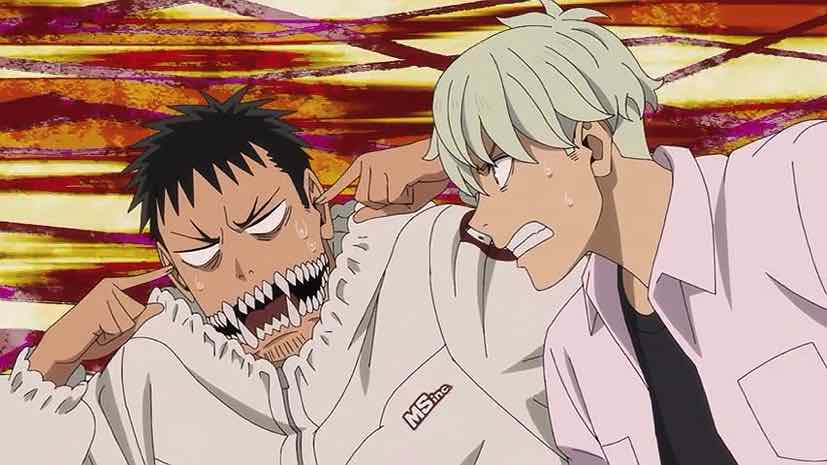
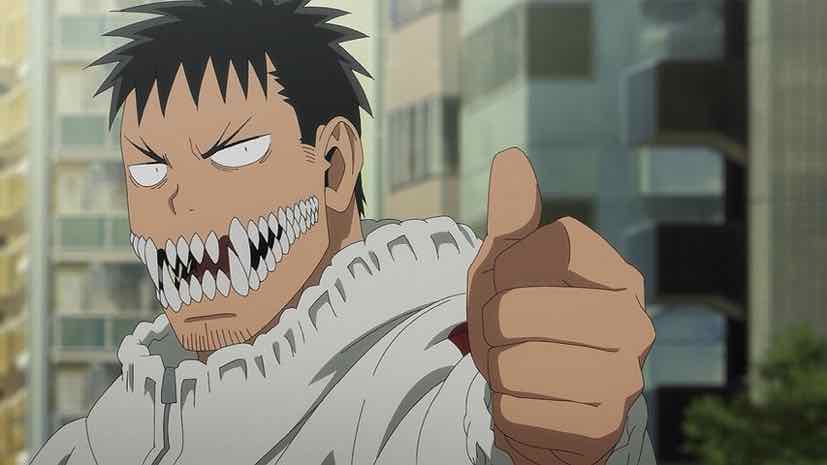
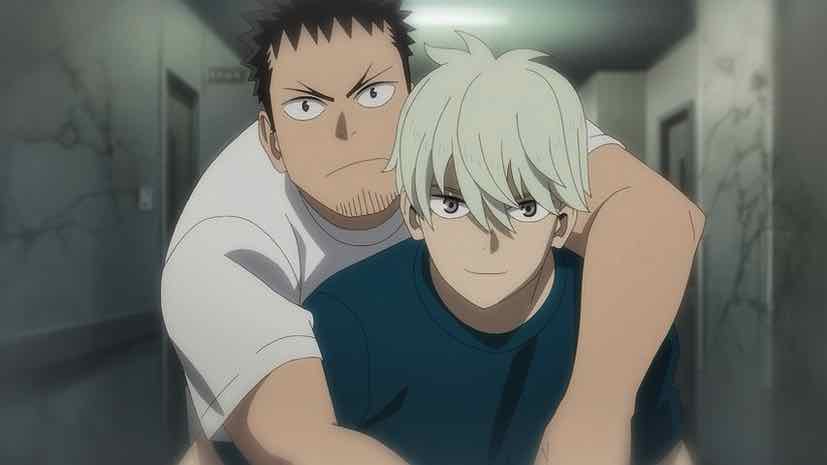
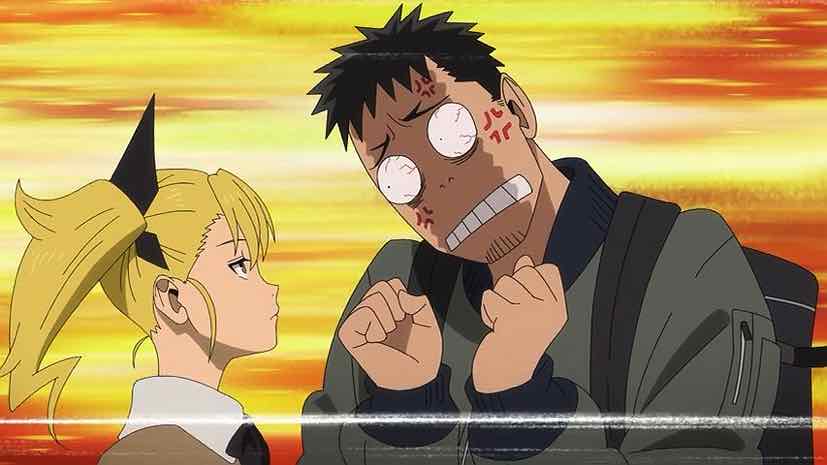

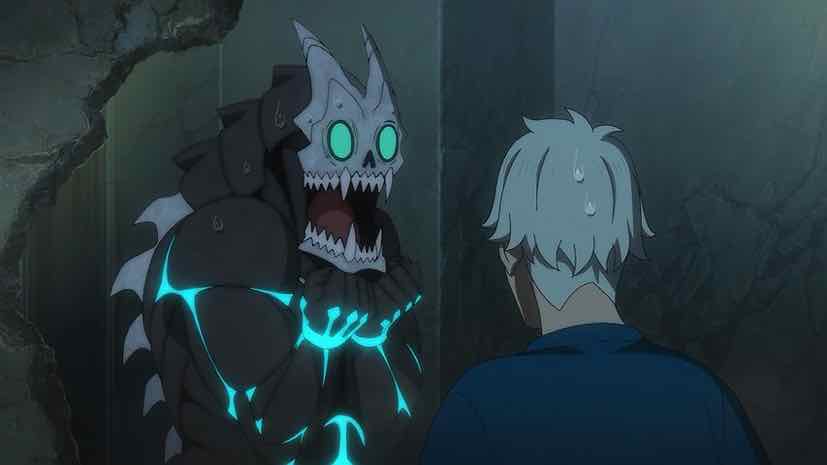

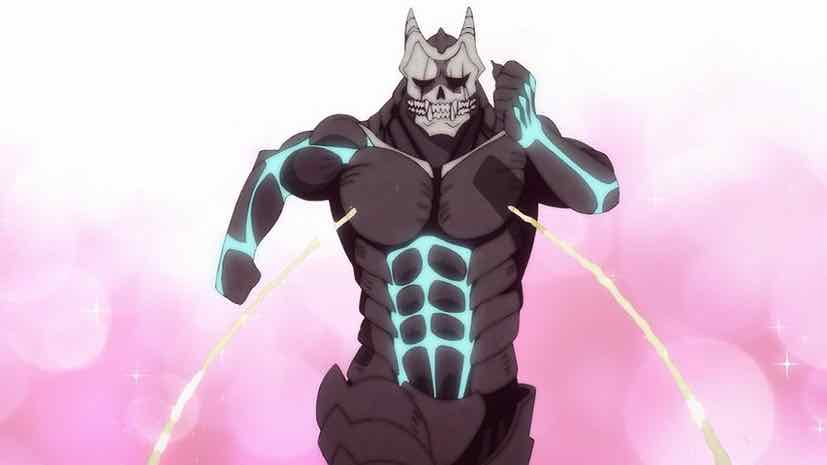
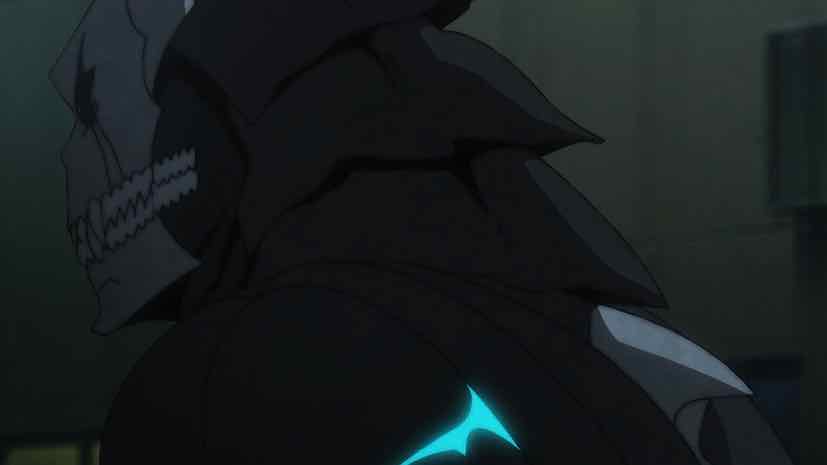
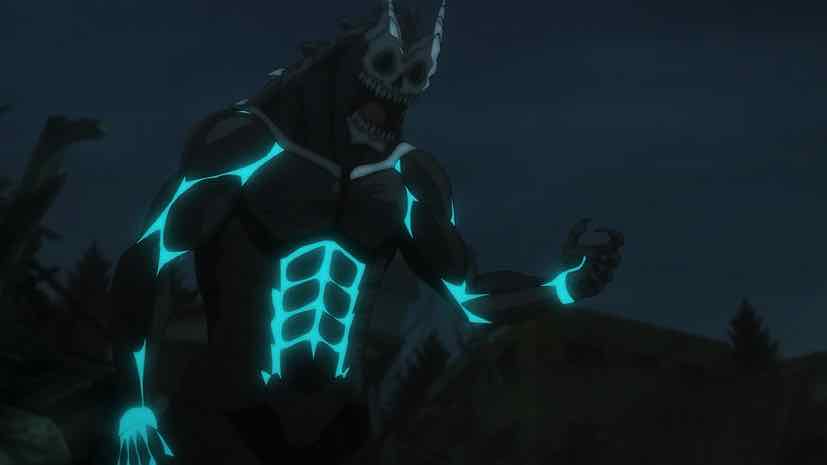
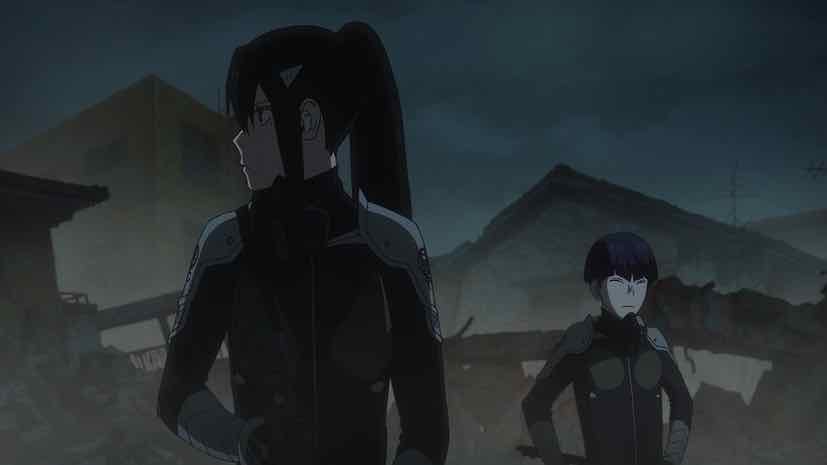
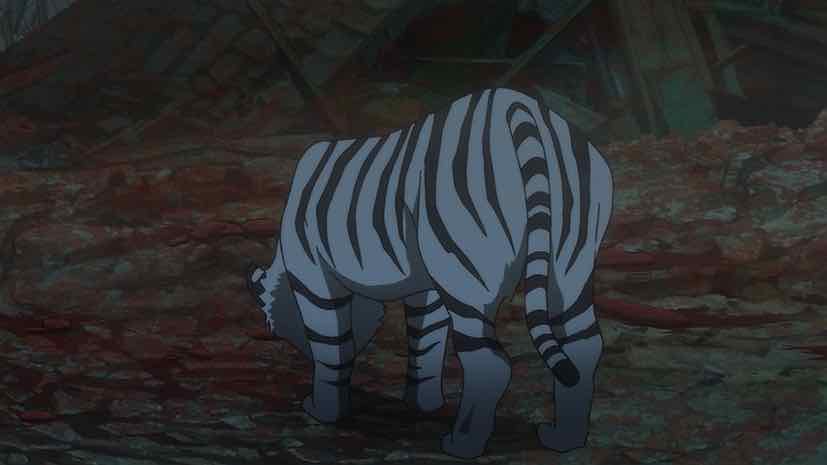
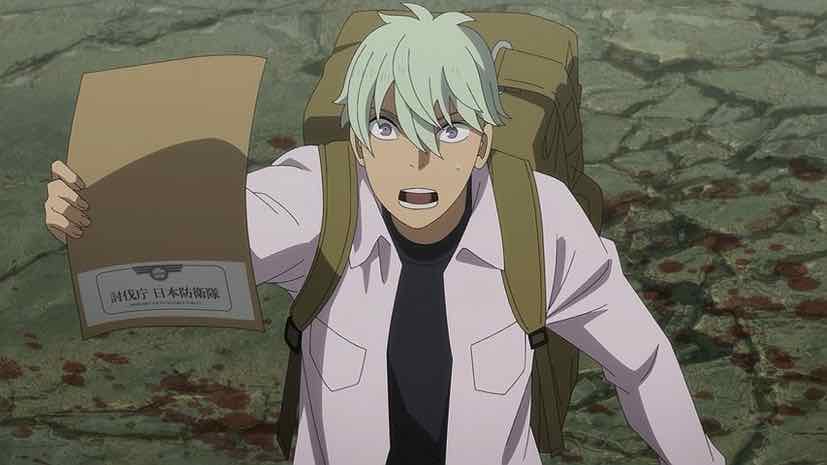
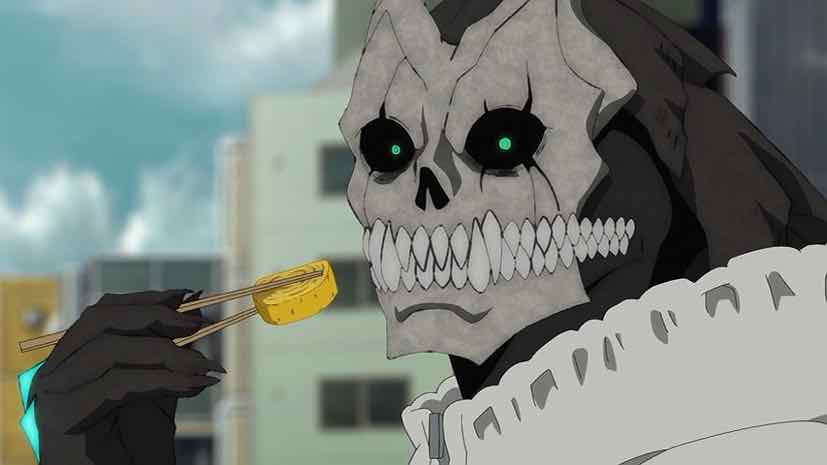
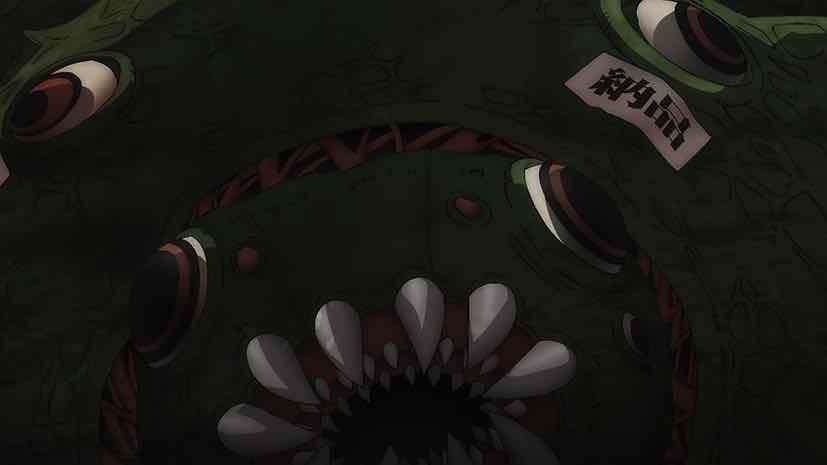
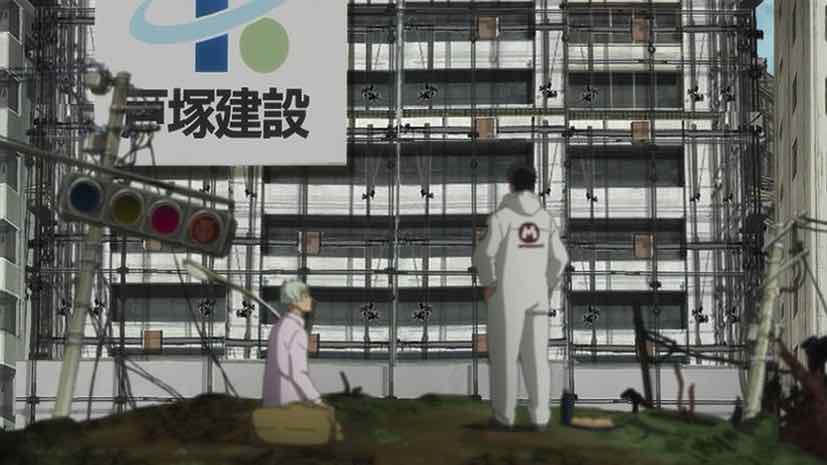
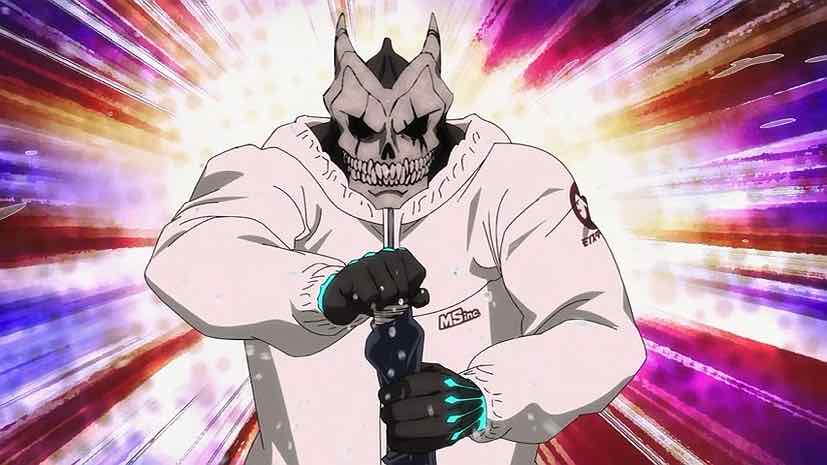
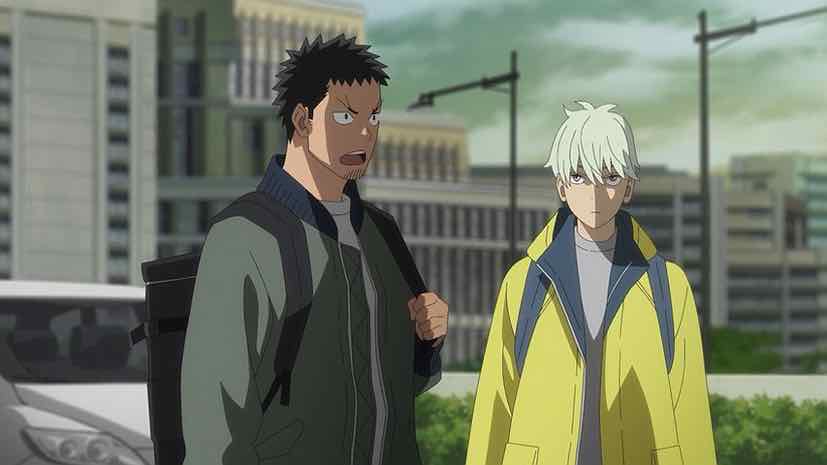


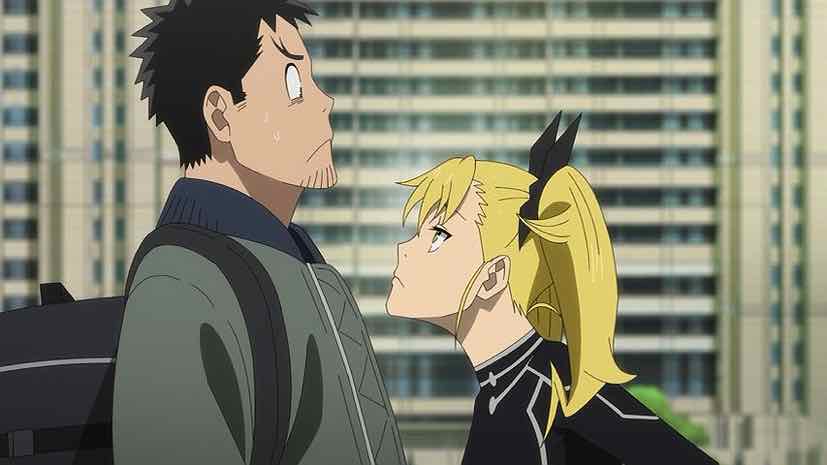


Nadavu
April 22, 2024 at 5:16 pmI get you about the humor. I feel the jokes that have a landing potential, like Kafka being aghast to learn he is considered an ossan at 32, are ruined by over-the-top acting
Stop Ageism in Anime
April 23, 2024 at 8:22 amThat joke never had potential. Calling young people old is toxic.
Joshua
April 22, 2024 at 9:09 pmI will say this, why Toho chose Kaiju No.8 of all shows is for a very specific reason, they’re looking for a hit that can be a significant global hit yes, but there’s just so much more to it than just choosing a popular shonen (and if it was, then it’d be something like Tokyo Revengers which Kodansha pushed exceptionally hard to compete with the Shueisha Jump hits explaining why they mass circulated the shit out of that series even though it too is crap).
The way the opening extensively uses CG in a way that mirrors that of abstract, but thematically relevant openings seen in major prestige TV shows in the West. The reliance on massive spectacle on a TV budget courtesy of grabbing Production IG and Khara to get people talking. The exceptionally broad humor and characters that are easy to understand for international audiences (as was making Kafka older an aesthetic decision because of supposedly how people are sick of high schoolers in the lead roles). The need to be a faithful adaptation of the not-all-that-great manga because it was the safer choice to make to get more manga sales from prospective audiences after the series has ended. Hell, even the usage of popular Western acts for the OP and ED that not only will make people outside of Japan recognize this series, but are also radio-friendly tracks that will get non-fans interested when they hear them. Even Crunchyroll’s extensive promotion all the way down to live-streaming episodes as their air in Japan is meant to get people talking.
Basically, it’s the logical endpoint to “anime is mainstream worldwide”. Trying to turn a battle shonen into not just a global hit, but one that can stand toe to toe with prestige TV adaptations. An ambitious and admirable choice, but something is just missing from the equation in that pursuit to creating such a series meant to appeal to that broad of an audience (and I considered Kimetsu no Yaiba the epitome of a four-quadrant anime).
I’m very angry at Disney for poaching away Sentai Daishikkaku and locking it onto their service. They don’t care about anime.
Collectr
April 22, 2024 at 9:36 pmYeah, with you on this one. A seinen spin (following Kafka as a garbage collector, with all the issues that poses) would’ve been a lot more interesting, but then the manga wouldn’t be in WSJ. Skimmed ahead in the manga too; no ‘there’ there.
Simone
April 22, 2024 at 10:19 pmI have to say, I too found the success of this series (as manga) kind of confusing. It never felt awful or anything, but neither did it feel in any way like a stand-out. Guess maybe it’s just the kaiju theme that endears some people? Or maybe the age of the protagonist? Anyway, honestly, yeah, it’s fairly run of the mill. But then again, Demon Slayers did the numbers it did, so maybe sometimes that’s all it takes.
Joshua
April 22, 2024 at 10:27 pmIt’s the kaiju theme mixed with Ultraman yes, but with Ultraman being a kaiju himself fighting other kaiju which in this current era of giant monster entertainment (see the brainless Monsterverse films making bank at the box office) is bound to be broadly appealing, especially for those sick of high school protags. It also turns out that such a paper-thin shonen concept is seen by Toho and other production committee members as a great concept to turn into a four-quadrant series that breaks out internationally much like how Demon Slayer did in Japan (being another four-quadrant series).
Todd Clawson
April 24, 2024 at 11:48 amI enjoyed the manga for a bit. I like kaiju-related shows and I have no problems with ones that are mostly mindless fun rather than have any special or deep meaning. This story didn’t really hold my interest for very long though and I don’t feel the need to try the anime. I agree that it probably would have been more interesting if the protagonist had stayed as part of the cleanup crew and stuck to handling the aftermath of kaiju battles.
Ahnold11
October 8, 2025 at 6:05 amTime traveling in late on this one. Totally went under my radar and only saw a reference to it via a tangential reference from a videogame “Kaiju cleanup simulator”. So thought I’d give it a try.
I have a soft spot for evangelion, and made it a hundred or so episodes into Naruto Shippuden but those are high water marks and so run if the middle battle shonen don’t do it for me either.
Something about this clicked for me, it had just enough callback to a few different things to keep it interesting and give it a shot. The absurdist comedy despite serious high stakes gave me dan da Dan vibes (including the yokai esque monster designs), the below average loner/outcast MC who isn’t as talented as their peers and has to struggle to keep up with them reminded me of Naruto (and the ability to eventually get people to come around due to their personal and hard work aesthetic and less skills/talent). And then a splash of EVA with the large scale systemic responses and scale “operations”. Also had a little bit of attack on Titan for the battle sequences thrown in.
To be fair though I do enjoy the spectacle, the large guns, the toppling of buildings and evacuation of civilians (I am always partial to a good diaster movie), it’s just that alone can’t be enough, it has to have something extra.
Kaiju no 8 just barely passes the mark. I do find it amusing/charming the gimmick of him being legit terrible on the team all the while having to hide his secret super power. But unlike Superman, where he is always saving the day, it’s more of a nuisance than anything.
The focus on teamwork and actual kaini cleanup skills being valuable is nice, where it isn’t just raw power and violence that is celebrated is a nice touch. It’s just different enough while also not straying too far from the genre.
So I enjoyed season 1. Watching the first few episodes of newly finished season 2 really out in stark relief what I like about the show as apparently all the things I just listed above are no longer present. After 3 episodes I agree completely with your post, season 2 seems to be everything you say.
I’m not sure if they were going for something slightly different with the first season, or it was just that introductory honeymoon phase, but the charm is missing. The action is one more and boring and there is no longer the team dynamic and group growth.
So I think you’re assessment is ultimately spot on, and from what I can tell season 2 is not as big of a hit as the first, I suspect for similar reasons although I don’t think the audience can really articulate/ understand them as well .